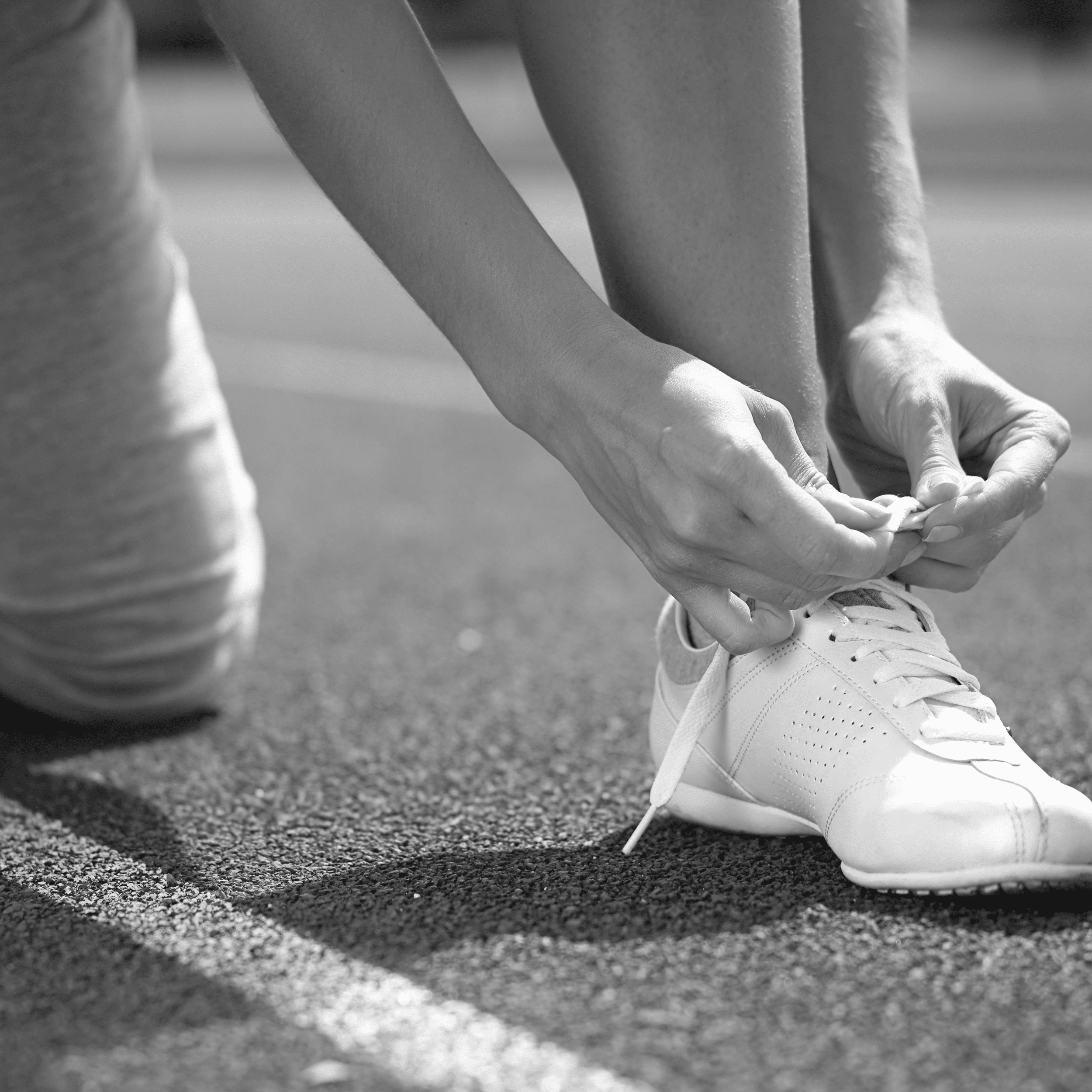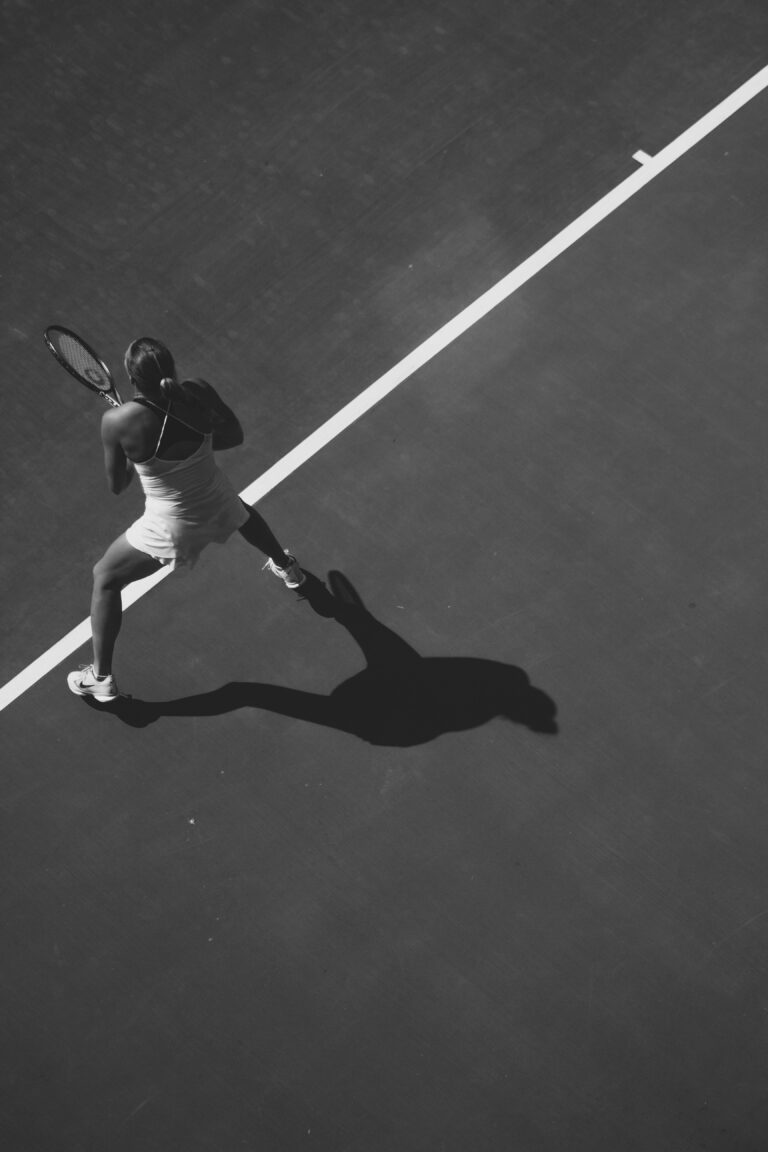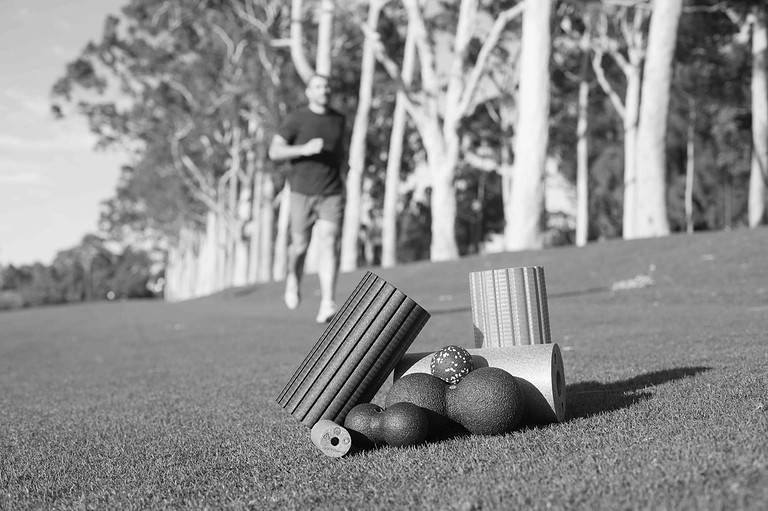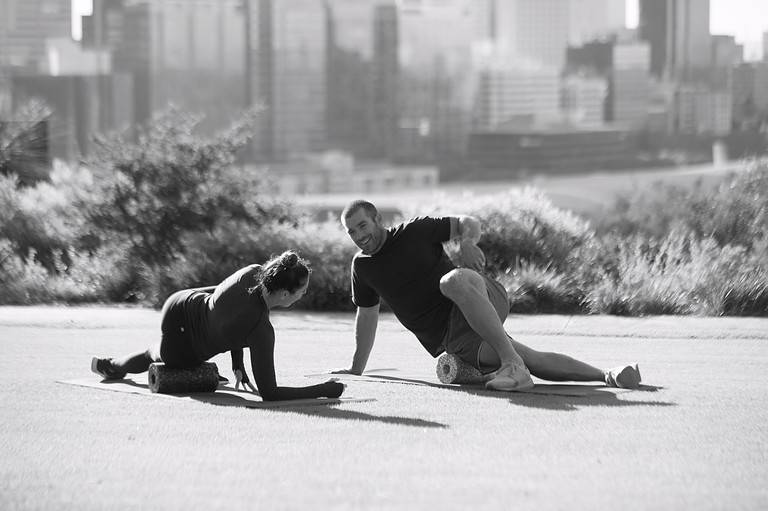You’ve been training hard, getting great results and loving how you’re feeling. And then…. It can sneak up on you slowly or appear all of a sudden – injury! But this does not mean an end to your training endeavours.
The old saying “no pain, no gain” does not apply when it comes to managing and preventing injuries. Injuries in sport generally arise from either trauma- a fall, awkward landing, tackle etc, or from overuse. Often when injuries arise from overuse they can be subtle at first, and many may ignore them assuming they will just go away. Unfortunately “pushing through” pain almost always results in our injury getting worse and needing more time off in order to recover.
It is important to pay attention to these aches and pains. When these aches and niggles occur it is time to modify your training, reduce load, and to get the area assessed by a physio. Pain is an important protective indicator that a structure is being overloaded or injured. Once a structure has been overloaded or injured our body will attempt to compensate for this and this can sometimes result in secondary injuries.
A physio will be able to assess the injury and give you advice to modify exercises- we always try to keep our client’s exercising and doing what they love, sometimes we just need to do it slightly differently.
There are many ways to modify exercise and activities to make them suitable, and avoid exacerbating injury.
Things to consider :
Training load – how often, how intense and how long are you training. Depending on the injury and severity sometimes tweaking a training program will help recovery and allow you to continue training. See our blog about rest days and avoiding over training for some tips on how to do this.
The type of exercise you are doing – we always aim to facilitate individuals continuing on in their chosen sport or exercise regime, but sometimes we just need to do it a little differently to allow the injured area to recover. Where this is not possible cross training can be very useful to maintain fitness without aggravating injuries.
The injury itself – once injured, tissue needs time to heal and recover. A physio will be able to help guide you in terms of a timeline for recovery, rehabilitation exercises and, where required, hand on techniques to provide some pain relief and improved mobility. The aim of treatment is to optimise tissue repair by loading the area in the right way, at the right time.
Should you completely stop training?
This is the one question we get asked really frequently. And our answer is nearly always no!! Keep exercising! There are nearly always things you can do in the gym or outside that won’t aggravate you. If your physio has prescribed you rehab exercises, you can do them in place of exercises that provoke your pain. Stopping training usually does more harm than good, but get professional advice on this.
Remember: get on top of your injuries early, and you’ll be back doing what you love in no time!







